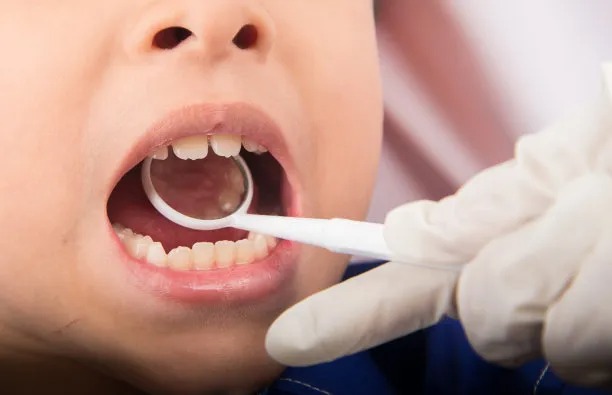The Essential Guide to Safely Extracting a Tooth for Optimal Oral Health and Recovery Tips
Summary: Extracting a tooth can be an essential procedure for enhancing oral health, especially when decay or damage occurs. However, it鈥檚 crucial to approach this procedure with care and understanding. In this guide, we will explore the steps involved in safely extracting a tooth, preparing for the procedure, managing post-extraction care, and recognizing when to seek professional help. We aim to provide you with a comprehensive overview, ensuring that your path to optimal oral health is as smooth and safe as possible. Whether youre facing an impending extraction or just curious about the process, this guide will equip you with valuable tips and essential information.
1. Understanding When Tooth Extraction Is Necessary

Tooth extraction becomes necessary in various scenarios, including severe decay, overcrowding, or advanced gum disease. When a tooth is significantly damaged due to cavities or trauma, it may become irreparable. Dentists often recommend extraction to preserve the health of neighboring teeth and enhance overall oral function.
Another common reason for tooth extraction is overcrowding. In many cases, patients may require orthodontic treatment, and extractions make room for the proper alignment of teeth, ensuring a healthier bite. Wisdom teeth also frequently necessitate removal, particularly when they are impacted or unable to erupt fully into the mouth.
Finally, chronic infections that don鈥檛 respond to treatment may lead to an extraction recommendation. Persistent dental issues can compromise overall health, making tooth removal the best option to prevent further complications.
2. Preparing for a Safe Tooth Extraction
Preparation is key to ensuring a successful tooth extraction. Before the procedure, you should schedule a consultation with your dentist, who will conduct an evaluation and provide clear instructions on what to expect. This may include a dental X-ray to understand the tooth鈥檚 condition and its roots.
Providing your dentist with a complete medical history is essential. Inform them about any medications you鈥檙e currently taking, including blood thinners, as these can impact the extraction process. Additionally, discuss any pre-existing conditions that could interfere with the procedure.
On the day of the extraction, be sure to follow the dentists instructions regarding eating or drinking. Arranging for someone to accompany you is helpful, especially if anesthesia is involved, as it may impair your ability to drive afterward.
3. Managing Post-Extraction Care and Recovery
After a tooth extraction, proper care is vital for recovery. Initially, you will be advised to bite down on a gauze pad for at least 30 minutes to control bleeding. Avoid vigorous rinsing, sucking on straws, or spitting, as these actions can dislodge the blood clot and lead to complications like dry socket.
In the following days, adhering to a soft-food diet can be crucial. Foods such as yogurt, applesauce, and mashed potatoes are suitable options during recovery. Additionally, staying hydrated is essential, but avoid hot beverages that may irritate the extraction site.
Pain management is another critical aspect of recovery. Over-the-counter pain medications may help alleviate discomfort, while applying ice packs to the outside of your cheek can reduce swelling. Pay close attention to symptoms; if pain intensifies or if you notice excessive bleeding, contact your dentist promptly.
4. Recognizing When to Seek Professional Help
While discomfort is normal after a tooth extraction, certain symptoms warrant professional consultation. If you experience persistent pain that does not improve with over-the-counter medications, it may indicate an underlying issue that requires attention.
Additionally, if you notice unusual or prolonged swelling, localized redness, or discharge from the extraction site, these could be signs of infection. Ignoring these symptoms can lead to more serious complications, so don鈥檛 hesitate to reach out to your dentist.
Lastly, you should follow up with your dentist as recommended. They will assess the healing process and ensure no complications arise while providing further guidance on maintaining oral health post-extraction.
Summary: Understanding the importance of safe tooth extraction is essential for optimal oral health. By recognizing when an extraction is necessary, preparing adequately, managing recovery properly, and knowing when to seek help, you can navigate this procedure with confidence. These elements combined will not only promote healing but also contribute to your long-term dental well-being.
This article is compiled by Vickong Dental, and the content is for reference only.


